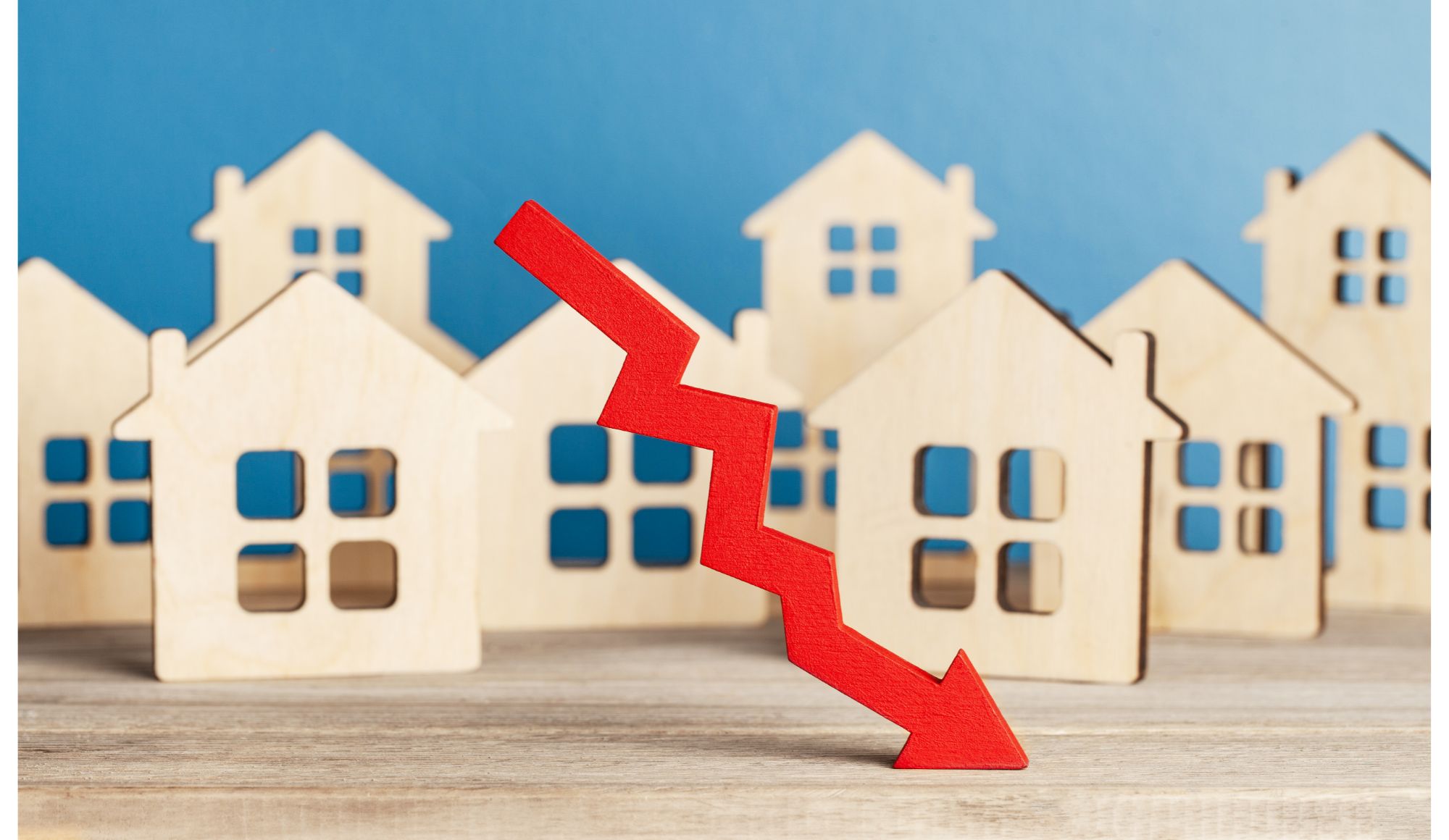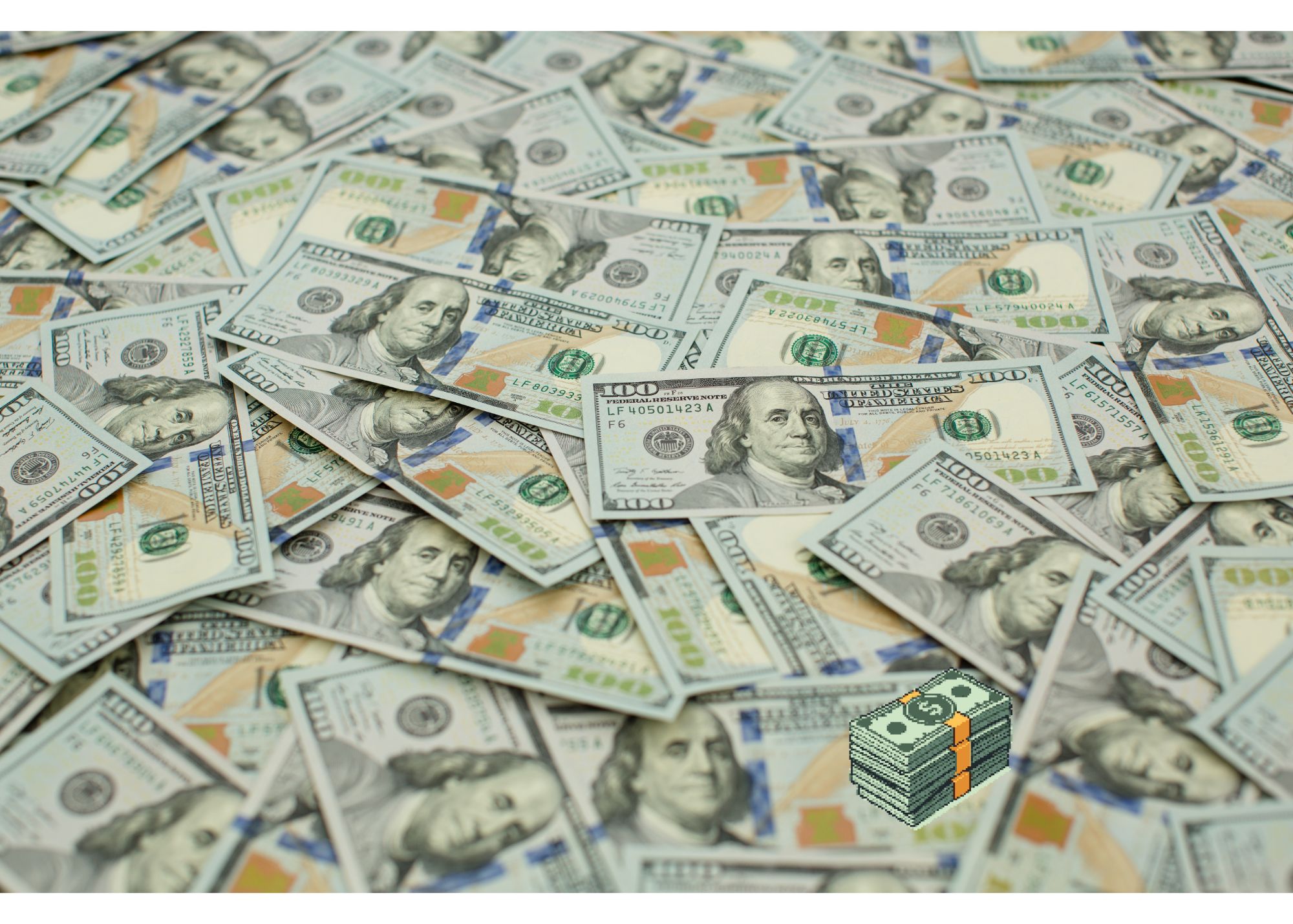Warning, Warning: Real Estate Crash Incoming
According to Apollo, the housing slowdown is on pace for the fastest ever decline in history. Relative to past corrections, which appear to meander slowly downward by comparison, the 2022 housing market appears to virtually fall off a cliff.
Within 7 months of Federal Reserve interest rate hikes, the cumulative change in existing single-family home sales eclipsed a record -20%. That is 5x any the pace of change of any other prior market downturn over the same period.
The record increase in 30-year mortgage rates has vaporized demand. Just a year ago, a new buyer with good credit could lock in a rate under 3%. Now, that same buyer is looking at a 7% plus rate. That translates to much higher interest payments over 30 years.
We crunched the numbers to figure out precisely how much and the numbers are eye-popping. The difference between paying a 30-year mortgage at 3% and 7% on a $500,000 is an additional $439,000 in interest over the life of the loan.
Another way of thinking about this is to compare the monthly payments of two buyers of a $600,000 home when rates are 3% and 7% respectively. The buyer last year would lock in monthly payments of around $2,000 while the buyer today would be paying north of $3,100 per month. Paying 50% more for the same inventory year-over-year has stifled demand to a near stand-still.
But it’s not just higher interest rates that have kept buyers away. In 2021, prices increased by an astonishing 17%, a 34-year record high. So until prices correct, a 2022 buyer has to contend with much higher prices and much higher interest rates.
Plain & Simple: Housing Is Unaffordable To Most
For home affordability to get back in line with historical averages, one research house estimates that 30-year rates would need to fall by 2% and incomes would need to climb by 30%.
For real estate buyers and sellers, the question that is top of mind is how long will it take for home prices to fall back to more affordable levels? If 2008 is a benchmark to examine, the answer would be 2 years.
That should concern any homeowner now who has plans to sell near-term because prices have already started to fall – they just remain much higher than long-term averages.
Between May and October, real estate markets suffered corrections far and wide, and by large amounts:
- Oakland, CA: -16.4%
- San Jose, CA: -14.5%
- Austin, TX: -14.1%
- Ogden, UT: -11.2%
- Seattle, WA: -10.4%
These record declines are scary, but what’s more scary is if the decline in home prices lasts as long as the decline during the Great Recession, then these declines are just the beginning of a multi-year bearish trend.
What The Smartest Guys In The Room Think
According to Goldman Sachs research, the nationwide housing decline will hit 2 in every 5 markets before a bottom is reached. The research highlights that 20% of sellers have already lowered asking prices.
The domino effect has led big investors to pull back too. Redfin reports that homes purchased by investors have declined by astronomical amounts across the country:
- Phoenix: -49.4%
- Portland: -47.4%
- Las Vegas: -44.8%
- Sacramento: -43.2%
- Atlanta: -42.2%
The takeaway is clear: if you plan to buy property for investment purposes, you’ll need to be very selective about finding opportunities where rental income covers mortgage payments, and you’ll probably see a sustained decline in property prices before any appreciation occurs.
For first-time or residential home buyers, renting may be a better and smarter deal now than locking in long-term mortgages at higher rates with the prospect of falling prices on the horizon.



